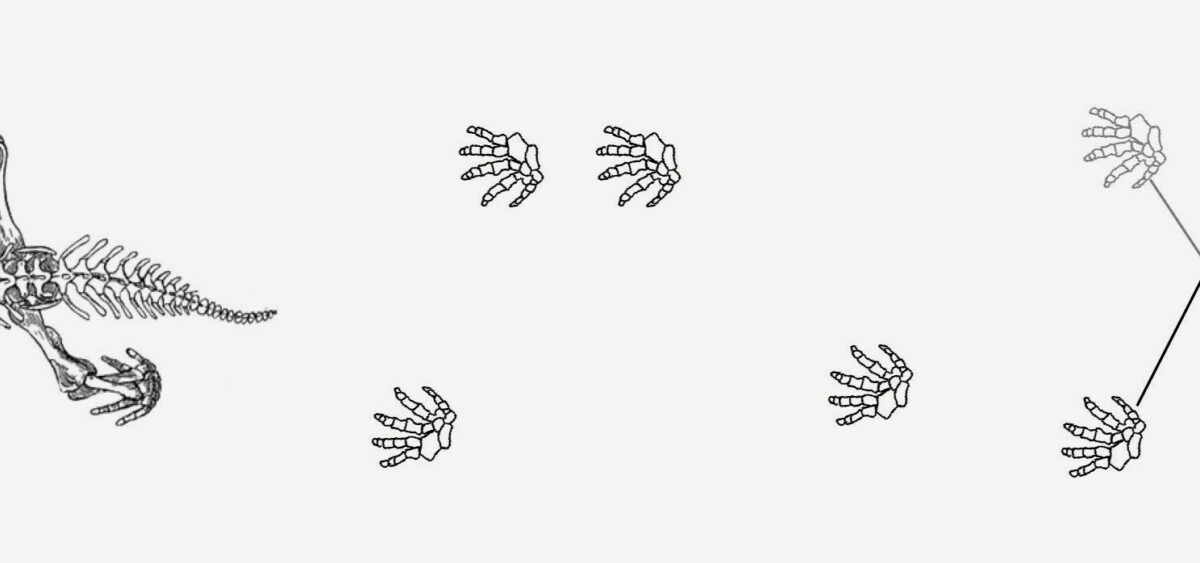
Although plants are not speed merchants and can’t catch up with insects flying away from them, they are capable of twisting and climbing, and also of reacting to stimuli in a systematic and coordinated manner. They are not immobile, but our zoocentrism sometimes prevents us from noticing it.
Many organisms can move, which allows them to be aware of their surroundings and arrange themselves in the most beneficial position from many aspects. Movement is obvious in some ways when we speak of animals, yet when it comes to plants it is harder to notice – it requires far more patience. In general, plants (to simplify, we will stick to land plants) are basically incapable of changing the location in which they live. However, they too can register environmental transformations and, through movement, optimize their chances for survival, growth and reproductive success.
This








